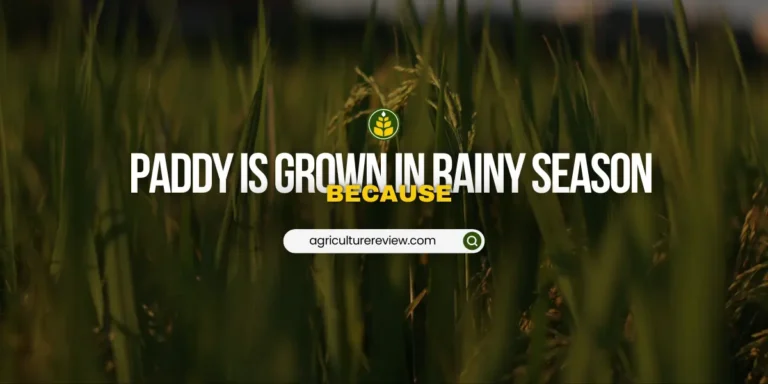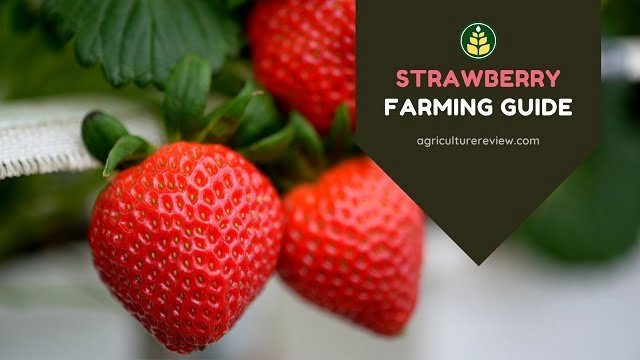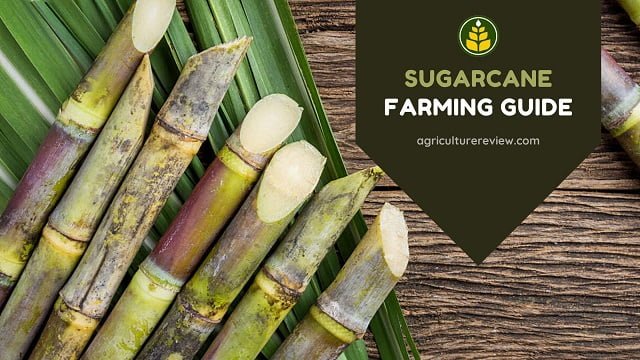This ultimate guide on soil survey will help you to understand what is soil survey, types, methods, procedure, and importance. Moreover get to know the importance of surveying the soil.
Soil is one of the major component that controls the vegetation of an area. Hence from the perspective of agriculture understanding soil becomes very important. It helps agriculturists to plan cropping over an area effectively.
There are various approach that helps us to understand soil, such as soil sampling through which we get to know the nutrients composition. One such method to understand soil is through surveying.
Table of Contents
What Is Soil Survey?
Soil survey is the study of soil morphology in the field, evidence of diagnostic soil properties in the laboratory, classification of soils in the area, plotting their extent and boundaries on a map, and prediction of adaptability of soils to various uses.
Objectives
Soil survey and mapping can help in lot of activities such as:
1) It can help in providing information for developing optimum land use plans and bringing new areas under farming uses.
2) Surveying helps in detecting disease infested and nutrient deficit areas.
3) For land settlement, tax appraisal, locating structures, and in public sanitation works.
4) Describing problematic soils such as waterlogged, eroded, saline, and waste lands.
5) Transfer of technology under different soil conditions and their management practices.
You will also love reading them,
READ MORE: Tillage: Definition and Types
READ MORE: Orchid Farming Guide
Types Of Soil Survey
We can classify soil survey mainly into 4 types depending on objective, method, type of base map available, and the intensity of observations.
1) Reconnaissance Survey,
2) Detailed Survey,
3) Detailed-reconnaissance Survey,
4) Semi-detailed Survey.
Reconnaissance Survey
To prepare and get information related to current conditions, resources in the planning area we practice reconnaissance survey. It is less elaborate, for surveying larger areas, and is a rapid type of survey.
The soil boundaries in this survey are not totally traversed but drawn partially.
Scale of Reconnaissance survey: 1:100,000 – 1:250,000.
Purpose: Systematic land resources inventory for planning and agriculture development.
Detailed Survey
We practice detailed survey to generate very detailed information on soil and land characteristics. Watersheds are taken up for detailed survey to generate data base on soil which are prerequisite for village level plant.
Boundaries of the soil units are clear from observations by actual traverses throughout the course of the boundary. It helps in proper assessment of soil properties, terrain, and other aspects.
Scale of Detailed Survey: 1:4,000 – 1:8,000 (Cadastral Map); 1:10,000 – 1:15,000 (Aerial Photographs).
Purpose: For farm planning, better soil management practices for conservation and improving soil fertility.
Detailed-reconnaissance Survey
It is a combination of reconnaissance and detailed survey. It helps in understanding distribution of soil classes of series and their phases. We practice this survey over area with low potentialities.
Semi-detailed Survey
We practice this survey for very detailed study of some selected strips cutting across many aerial photo interpretation units for developing correlation between API units and soils.
Scale of Semi-detailed Survey: 1:20,000 – 1:50,000
Purpose: For project feasibility studies and land use development.
Other than these, there are two types of soil surveys that have been recognized recently. They are Exploratory and Rapid Reconnaissance Survey.
You will also love reading them,
READ MORE: Kiwi Farming Guide
READ MORE: How To Grow Grass
Soil Survey Techniques
Generally there are three techniques of soil survey:
- General Purpose API Survey: It is mainly used for low intensity surveys. Mapped boundaries are completely gathered from Aerial Photo Interpretation (API) with a free survey at low intensities of field observations for characterization of physiographic units.
- General Purpose Free Survey: It also uses API for mapping boundaries but with a high intensity of field observations.
- Special Purpose Grid Survey: In this survey technique, individual soil properties are recorded on a grid pattern that can be mapped parametrically. Moreover, we can use it where there is too few landmarks or surface evidence to allow free survey of desired areas.
Sponsored Product: Best Book To Learn Soil Science
Methods Of Soil Survey
1) Background Study: All the data available about the site to be surveyed such as former information, aerial photographs & maps or any available inputs are collected together.
2) Ground verification of collected geo-referenced information such as Aerial photographs or remote sensing data: Integrated transect walks can be done by a multidisciplinary team in presence of locals to verify the extent of accuracy of the collected data or information.
3) Soil sampling and in-depth soil profile analysis: After transect walks, sites are located for in-depth soil analysis or profile analysis that can be done by recording coordinates, geological formation, parent material, physiography, altitude, landuse or vegetation & micro-climate.
4) Extrapolation & boundary verification,
5) Analysis in laboratory,
6) Data crunching, map production, interpretation, and reporting.
Instruments Or Equipmnets Used In Soil Survey
- Stereoscope: It helps to see 3d overlapping aerial images, hence is beneficial for Aerial Photo Intepretation.
- Soil Auger: Soil augers are hand-operated tools that are used to collect soil samples at different depths. They are particularly useful for shallow soil sampling & can provide valuable information about the soil profile.
- Soil Core Sampler: Similar to soil augers, soil core samplers are used to collect intact soil cores from the ground. These cores help in studying the vertical distribution of soil properties.
- Soil Probe: Soil probes are long metal rods with a sharp tip used to collect soil samples at various depths. They allow for quicker sampling compared to augers.
- GPS (Global Positioning System): GPS devices are used to accurately determine the geographic coordinates (latitude and longitude) of soil sampling points, helping in creating precise soil maps.
- Soil pH Meter: Soil pH meters measure the acidity or alkalinity of the soil, which is a critical parameter affecting soil fertility and nutrient availability to plants.
- Soil Moisture Sensor: These instruments are used to determine the moisture content of the soil, providing insights into soil water availability for plants.
- Soil Thermometer: Soil thermometers measure the soil temperature at different depths, which is essential for understanding microbial activity & plant growth.
- Field Notebook: Field notebooks are used by soil surveyors to record observations, descriptions, and other relevant data during soil sampling.
- Soil Texture Kit: Soil texture kits help determine the proportions of sand, silt, and clay in the soil, which influence its water-holding capacity & nutrient retention.
- Laser Level: Laser levels are used to ensure the soil sampling points are at the same elevation, helping in obtaining consistent and accurate data.
- Compass or Clinometer: These tools help in determining slope and aspect, which can influence soil erosion and other soil properties.
- Camera or Smartphone: Cameras or smartphones are often used to capture images of soil profiles, landscape features, and vegetation, aiding in documentation and analysis.
- Soil Sample Bags or Jars: Containers like sample bags or jars are used to store collected soil samples for laboratory analysis.
- Soil Colour Chart: Soil colour charts are used to standardize the description of soil colours, which is an important indicator of various soil properties.
For laboratory analysis other important equipments are test tubes, pH meter, E.C. meter, Oven, Moisture testers, Dial and pocket penetrometers, etc.





Need more information for urban home gardeners please
Hi, you can learn more about home gardening from here- Gardening Guides
You can also get connect with Agriculture Review on Facebook and Instagram to get detailed guidance.
I hope this will help!
I have cleared my all these topics….. which is so difficult in bookies language.. thanks for it
It’s so easy for quick learning 🙂🙂
Welcome!
Good initiative Abhishek. Keep it up. Thank you.
Welcome!
Nice information. Keep it up good initiatives.
Thanks!
Great Job over here😊
Thanks!
Sir ji please soil surveying me kya kya instrument use hota hai esko bhi add kar do
Sure!
Good
Thanks!
Thank you
Do you have any info on how to prevent termites and how to get rid of them from a farm
Yes, you can check this guide: https://agriculturereview.com/termite-control-guide